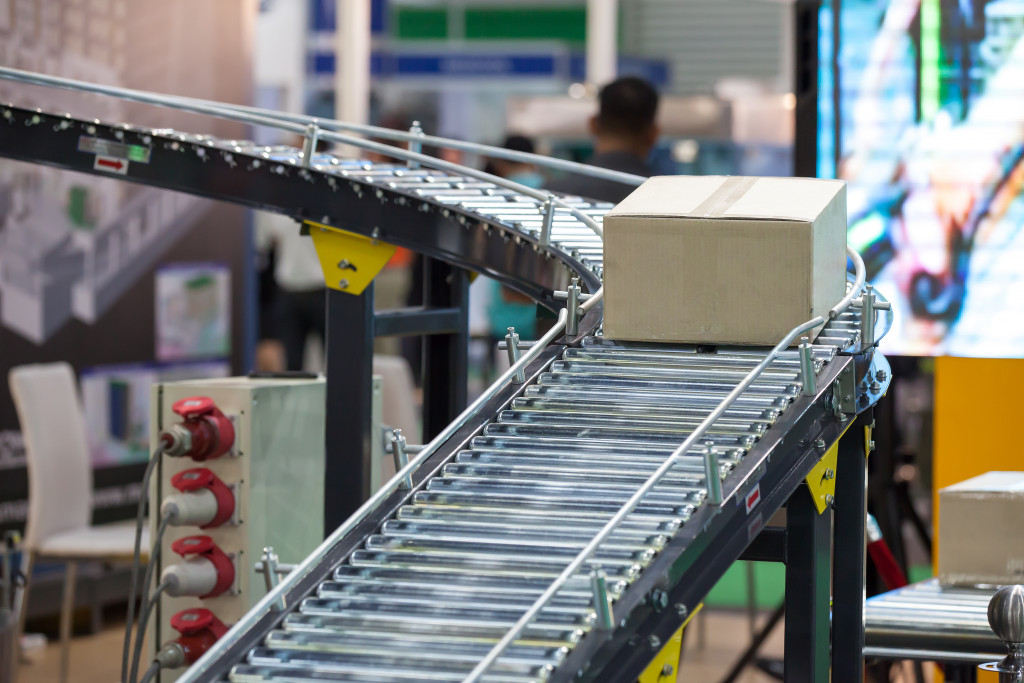The public is now very much aware of the bad impact of plastic packaging on the planet. In oceans around the planet, there floats not just one but five garbage patches where all types of waste, most of which are plastics, accumulate.
The most famous of these is the Great Pacific Garbage patch found in the North Pacific Gyre. It is estimated that the trash heap has a surface area of 1.6 million square kilometers – about thrice the size of France.
Plastic does not biodegrade. It instead breaks down into smaller and smaller pieces until it can no longer be seen by the naked eye. However, out of sight is not out of mind because those plastics, called microplastics, go back one way or another. They enter the food chain through fishes, birds, and other animals, eventually ending up within human bodies.
Recently, scientists discovered the presence of microplastics in human organs. No one knows yet how it will impact the health of every person today and those who will be born in the future.
So, as a form of protest and to show concern for the planet, consumers worldwide are boycotting plastic. Packaging made of non-biodegradable materials discourages many from making a purchase.
Consumers Hate Plastic
In fact, many people prefer that companies use less plastic packaging. In one survey conducted in the United Kingdom, nearly half of respondents admitted that they feel guilty about the amount of plastic they throw away. Many of them are even willing to pay more for products that are wrapped in more eco-friendly packaging.
Another survey conducted by non-profit group Oceana asked consumers from the UK, United States, and Canada about the waste generated by Amazon. The majority of them said that they are concerned about plastic pollution. About 87 percent of respondents also believe that major online retailers such as Amazon should reduce the amount of plastic packaging being used.
Moreover, more and more companies are banning single-use plastic. New Zealand is the latest country to announce a ban that includes packaging and plastic straws, cutleries, and fruit labels.
So, if consumers prefer to do away with plastic packaging, why is the material still so prevalent and hard to evade?
Why Then is Plastic Still Being Used
Many alternatives for plastic packaging exist. The most common, of course, are paper bags that, although they have their own drawbacks, biodegrade quickly. There are now compostable mailers that look, feel, and function like plastic but are actually made from plant materials such as corn and starch.
Yet, many companies refuse to make the shift. Some argue that because plastic packaging can be recycled, it should not be a problem.
However, just because something can be recycled does not mean it is recycled. It is often tossed into the bin to be transported to a landfill, where it will remain for hundreds of years.
Less than 2 percent of all plastic waste produced since the ‘50s was recycled.
What Can Companies Do
Switching from plastic packaging to a more eco-friendly solution is one step toward eliminating the problem. However, more can be done. Companies should speak to a sustainability consultancy to figure out how to make current business processes less damaging to the planet.
Unilever, which has been named one of the biggest polluters worldwide, promised to halve the use of virgin plastic in the packaging of its products by 2025. The company aims to use post-consumer recycled plastic in at least 25 percent of packaging.
On the other hand, Nestle, a major source of plastic waste, said that, by 2025, 100 percent of the product packaging it sells would be recyclable.
These efforts are not enough. In many cases, these actions meant to make products more palatable can become more toxic for the environment in the long run.
Greenpeace USA Global Project Leader Graham Forbes warned that real change will only happen if these billion-dollar companies stop expanding their use of single-use plastic and pour their resources toward funding systems that will bolster the reuse of plastic packaging that already exists now.
Plastic offers convenience. It can be manufactured cheaply, too. However, plastic has a dangerous consequence: it is non-biodegradable. It will remain on Earth far longer than any person will. The continued manufacturing and utilization of plastic for packaging and other products also threaten the health of human beings alive today and will be born in the future. It is time for major companies to do more, not just because it is what consumers want but also because it is the right thing to do for the planet’s survival.



